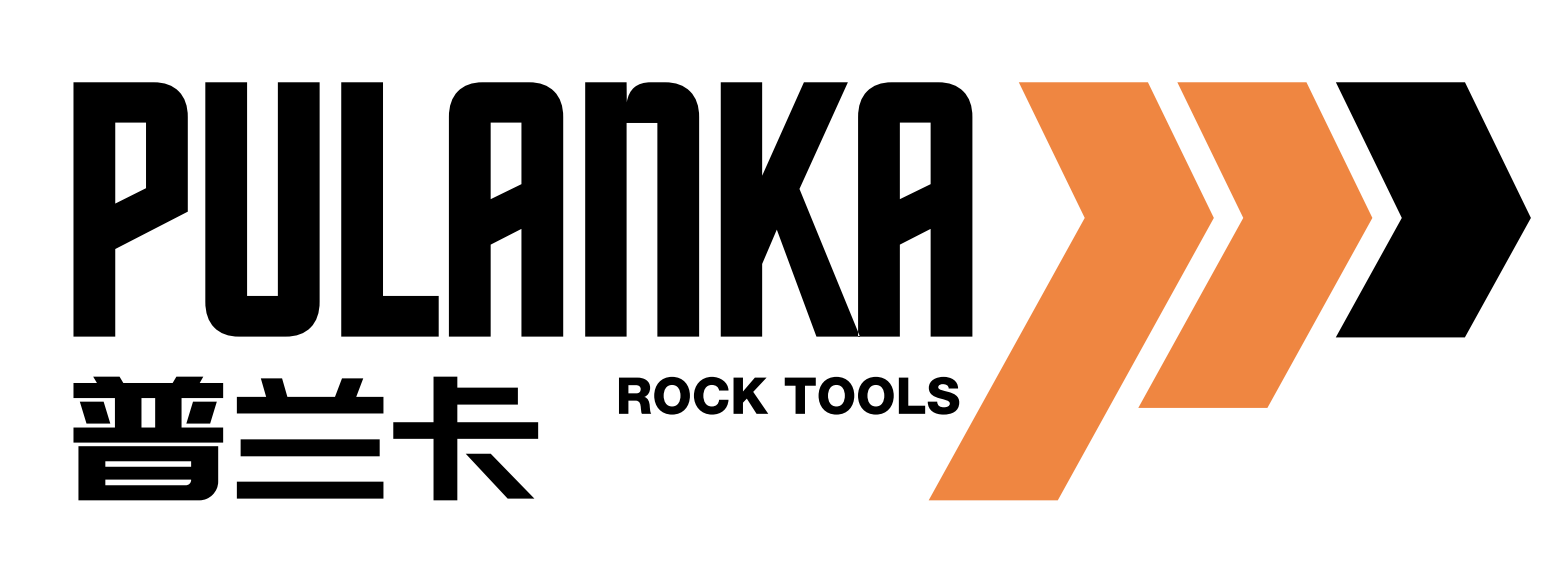Focus on news
news information
Understanding Threaded Coupling Sleeves in Mining Machinery
2025/04/14
Threaded coupling sleeves are integral components used in various machinery, particularly in the mining industry. These sleeves facilitate the connection between pipes or other components, ensuring a secure and reliable joint. The design of a threaded coupling sleeve typically features internal threads that allow for easy attachment and detachment, making them versatile and user-friendly in various applications.
One of the primary functions of threaded coupling sleeves is to create a leak-proof connection between segments of piping or other machinery parts. In mining operations, where equipment often faces extreme conditions such as high pressure, temperature fluctuations, and environmental stressors, the reliability of these connections is crucial. A well-fitted threaded coupling sleeve can significantly reduce the risk of leaks, which in turn minimizes downtime and enhances operational efficiency.
The manufacturing process of threaded coupling sleeves is typically characterized by precision engineering. High-quality materials such as carbon steel, stainless steel, or specialized alloys are often utilized to withstand the harsh conditions associated with mining activities. The choice of material is crucial, as it impacts the sleeve's durability, corrosion resistance, and overall lifespan. When selecting a threaded coupling sleeve, it's essential to consider the specific environmental conditions of your mining site to ensure optimal performance.
In addition to their primary role in joining components, threaded coupling sleeves can also play a significant part in vibration dampening. Mining machinery often experiences vibrations due to heavy usage and terrain conditions, which can lead to wear and tear on equipment. A well-designed coupling sleeve can absorb some of these vibrations, extending the lifespan of the connected parts and reducing maintenance costs over time.
Moreover, the ease of installation and removal of threaded coupling sleeves makes them a preferred choice for many engineers and technicians in the mining sector. Quick assembly and disassembly allows for efficient maintenance and repairs, minimizing downtime and ensuring that equipment remains operational.
In conclusion, threaded coupling sleeves are critical components in the manufacturing and maintenance of mining machinery. Their ability to provide secure, leak-proof connections, combined with their durability and ease of use, makes them an essential part of mining operations. Understanding the features and benefits of these coupling sleeves enables professionals in the industry to make informed decisions, ultimately leading to improved efficiency and productivity in their operations.
One of the primary functions of threaded coupling sleeves is to create a leak-proof connection between segments of piping or other machinery parts. In mining operations, where equipment often faces extreme conditions such as high pressure, temperature fluctuations, and environmental stressors, the reliability of these connections is crucial. A well-fitted threaded coupling sleeve can significantly reduce the risk of leaks, which in turn minimizes downtime and enhances operational efficiency.
The manufacturing process of threaded coupling sleeves is typically characterized by precision engineering. High-quality materials such as carbon steel, stainless steel, or specialized alloys are often utilized to withstand the harsh conditions associated with mining activities. The choice of material is crucial, as it impacts the sleeve's durability, corrosion resistance, and overall lifespan. When selecting a threaded coupling sleeve, it's essential to consider the specific environmental conditions of your mining site to ensure optimal performance.
In addition to their primary role in joining components, threaded coupling sleeves can also play a significant part in vibration dampening. Mining machinery often experiences vibrations due to heavy usage and terrain conditions, which can lead to wear and tear on equipment. A well-designed coupling sleeve can absorb some of these vibrations, extending the lifespan of the connected parts and reducing maintenance costs over time.
Moreover, the ease of installation and removal of threaded coupling sleeves makes them a preferred choice for many engineers and technicians in the mining sector. Quick assembly and disassembly allows for efficient maintenance and repairs, minimizing downtime and ensuring that equipment remains operational.
In conclusion, threaded coupling sleeves are critical components in the manufacturing and maintenance of mining machinery. Their ability to provide secure, leak-proof connections, combined with their durability and ease of use, makes them an essential part of mining operations. Understanding the features and benefits of these coupling sleeves enables professionals in the industry to make informed decisions, ultimately leading to improved efficiency and productivity in their operations.
















